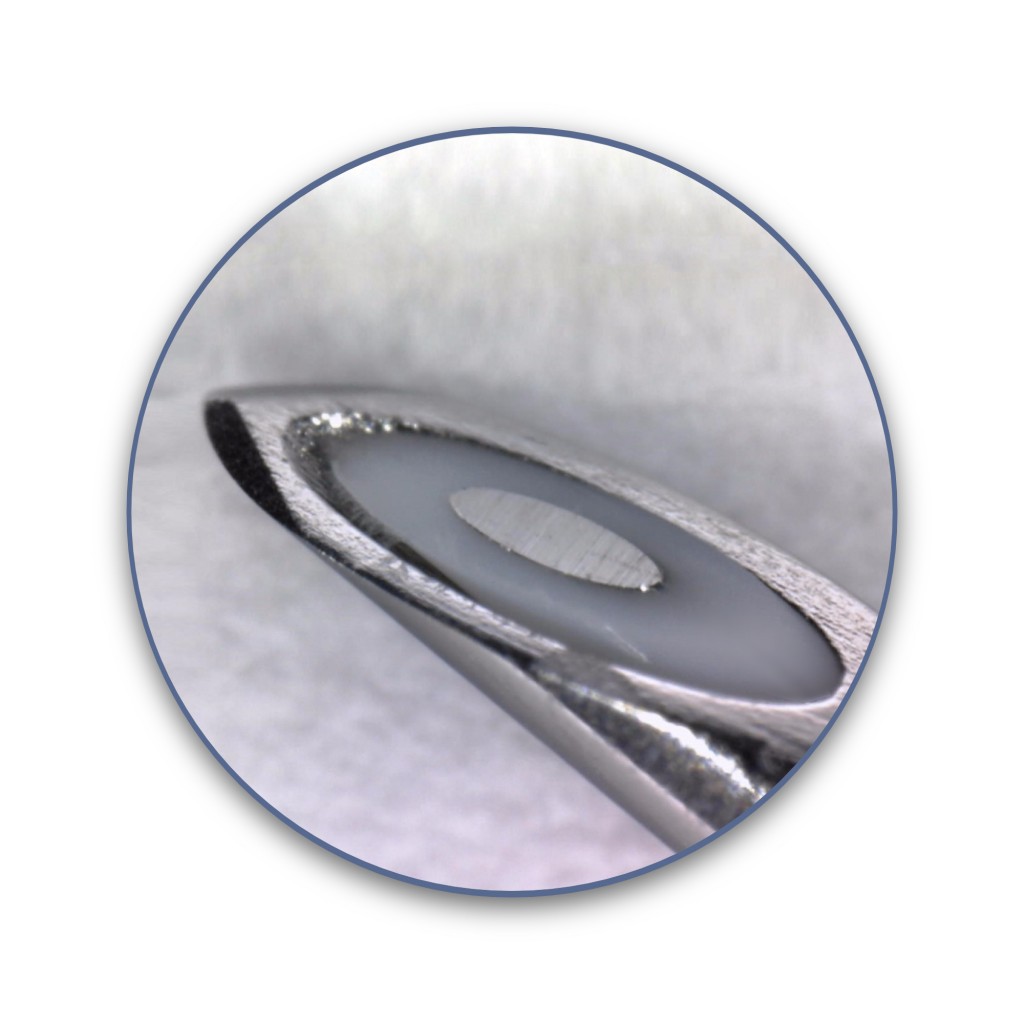
Neonatal meningitis in one of the leading causes of infant mortality in the western world, but getting an early diagnosis isn’t easy. Doctors need to collect a sample of spinal fluid, a painful and onerous procedure for anyone. For the tiniest patients, there’s the added risk that the needle being used to draw the fluid will damage delicate tissues. But at Tampere University Hospital in Finland, doctors were recently able to test a two-day-old, 6-pound baby for meningitis using a smart needle that removed much of the risk and made the process less painful. The tool, called Injeq IQ-Needle, is equipped with electrodes, which guide the physician to the right spot, send an alert when the tip of the needle contacts spinal fluid and alert the physician if the needle comes close to sensitive nerves. The process can be faster than standard neonatal lumbar punctures and could help the doctors more quickly diagnose the infant. “The most urgent clinical need is in neonatal punctures,” says Kai Kronström, CEO of Injeq, the Finnish medical device company that developed it in Helsinki in the GE Health Innovation Village here. “The study is in its early stage, but everything looks good so far.” In collaboration with GE, Injeq is now working on tissue-identifying needles that have promising implications for spinal taps and cancer biopsies. The Injeq smart needle is connected to a so-called bioimpedance analyzer. Like the battery of sensing organs on a mole’s nose, the system provides physicians with real-time directions and gives them immediate warning signs if they are guiding the needle to the wrong place by measuring the electrical properties of the tissue approximately 200 times per second. Think of it like an eye on the tip of the needle, Kronström says. The needle, which Injeq is also testing for adult lumbar procedures and liver biopsies, is expected to make the diagnostic technique easier, reduce tissue damage in sensitive areas and improve the sample quality. Typically doctors pair a lumbar procedure or a liver biopsy with computer tomography (CT) or ultrasound to guide the needle. But neither scan is perfectly accurate, so it’s not unusual for doctors to have to repeat the painful procedure to get a proper sample. In the case of CT, they also involve radiation. And there is a high risk of false negatives from these biopsies. “That’s a major issue because you need to repeat the procedure, which is expensive and unpleasant,” Kronström says. “It can delay the start of the cancer treatments for weeks, and the patient needs to stay in the hospital because of bleeding risks overnight.” Kronström says that by using the smart needle, physicians in an adult clinical trial have been able to determine in real time whether there is a tumor on the first try. “When the needle was going through the fat tissue and muscle and entering the liver, the information changed when it hit the tumor,” Kronström says. He believes that for liver biopsies, the smart needle could replace the CT and work as a complementary technology with ultrasound. Injeq is seeing similarly positive results with adult lumbar punctures. In August, the Journal of Clinical Monitoring and Computing published a research paper on Injeq’s adult lumbar puncture clinical trial. In 100 percent of 45 cases, the needle detected cerebrospinal fluid “Most doctors do not like the blind punctures that they need to do on a daily basis,” says Arvi Yli-Hankala, a professor of anesthesiology at the University of Tampere who has been involved in ongoing Injeq IQ-Needle studies. “Technology that continuously and in real time detects the nature of tissues during puncture will help immensely.”






